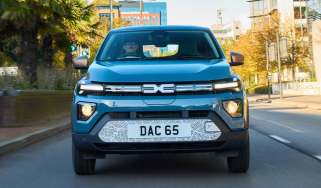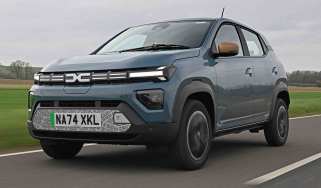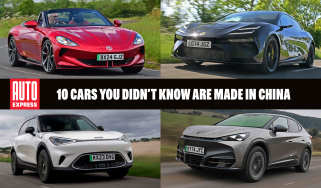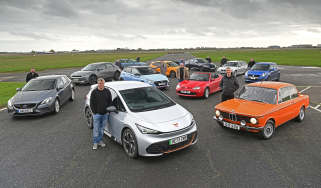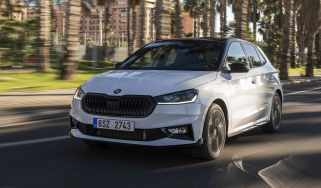“The Dacia Spring might be as significant in the 21st century as the Citroen 2CV and VW Beetle were in the 20th”
Mike Rutherford thinks many other manufacturers will have to follow the example set by Renault and Dacia when it comes to EVs
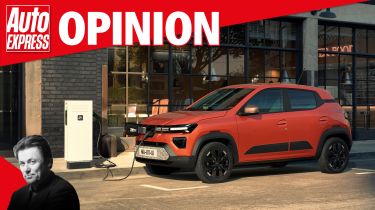
VAT and me have history. As do the Conservatives, who cruelly increased the tax in 2010, the year David Cameron became Prime Minister. Back then, he looked me in the eye and assured me that his party was “the motorist’s friend.” You sure about that, Dave?
In the years since, I’ve argued that – for sales of new cars in general, and electric cars in particular – Government has excessively profiteered from its greedy 20 per cent VAT. Nobody (not the car makers, retailers or anyone else) enjoys more profit from the sale of factory-fresh EVs than the state.
In 2021, I argued that VAT-related margins on EVs bought by private drivers were “indefensible.” Since then, matters have worsened as inflation bit, and for every mid-sized family EV sold for just over £50,000 (ouch!), the Government cops the best part of £10,000. Don’t expect it to kill or even cut this highly lucrative tax before the imminent General Election. And when, as the polls suggest, a new Labour, Reform UK, Lib-Dem or coalition Government replaces it later this year, the 20 per cent VAT rate will remain.
With all this in mind, makers have no choice but to rely less on politicians and far more on themselves if they’re to morph EVs from the expensive niche products they are now, into the affordable mainstream models they’re supposed to become tomorrow.
If this is to happen, companies must introduce cheaper EV production methods and materials, plus lower specs. In turn, these changes have to translate into reduced retail prices. If this means small, cheap, high-volume cars are made in the parts of Asia where land, labour and other costs are lower, along with local populations, incentives and subsidies that are higher, so be it. Besides, the likes of Peugeot, Ford, Rover, MG and Honda have already abandoned UK plants that built small-to-medium-sized cars. And while we’re grateful to Nissan and Toyota for keeping theirs open, Britain is now best known and most respected for its specialist sports cars and luxury cars. That’s where our long-term future is, right?
Another part of the do-or-die process for mass manufacturers is for each to quietly buy a few sub-£15k Dacia Spring EVs to be painstakingly dismantled, forensically analysed and costed. That’ll help them learn how and where to build similar low-spec, low-price EVs.
Quite how the unlikely trio of Romania (Dacia’s home), France (Renault is the daddy of Dacia) and China (the Spring’s production base) came together to successfully monetise, design, build, and export this hugely important EV before retailing it at such a low price, nobody knows. But, there’s little doubt that others have to, and will, follow the example set by Renault and Dacia, who’ve torn up the old EV rulebook and written a totally new one.
Humble, unglamorous, basic and unapologetically cheap and cheerful the Dacia Spring undoubtedly is. But for the thrifty EV buyers of Britain and the rest of the world, this intriguing little car – conceived in the west and built in the east – might just prove to be as significant and attainable in the 21st century as the similarly sized Citroen 2CV and Volkswagen Beetle were for tight-fisted petrolheads in the 20th.
Do you agree with Mike? Let us know your thoughts in the comments section...
Find a car with the experts



